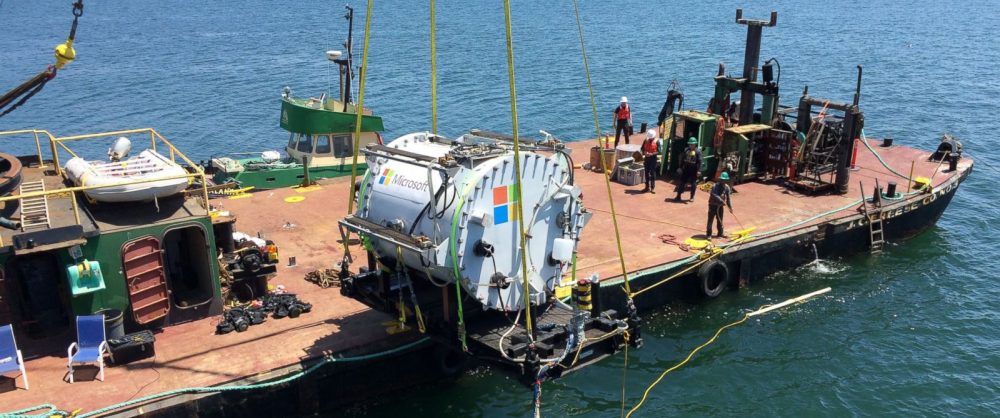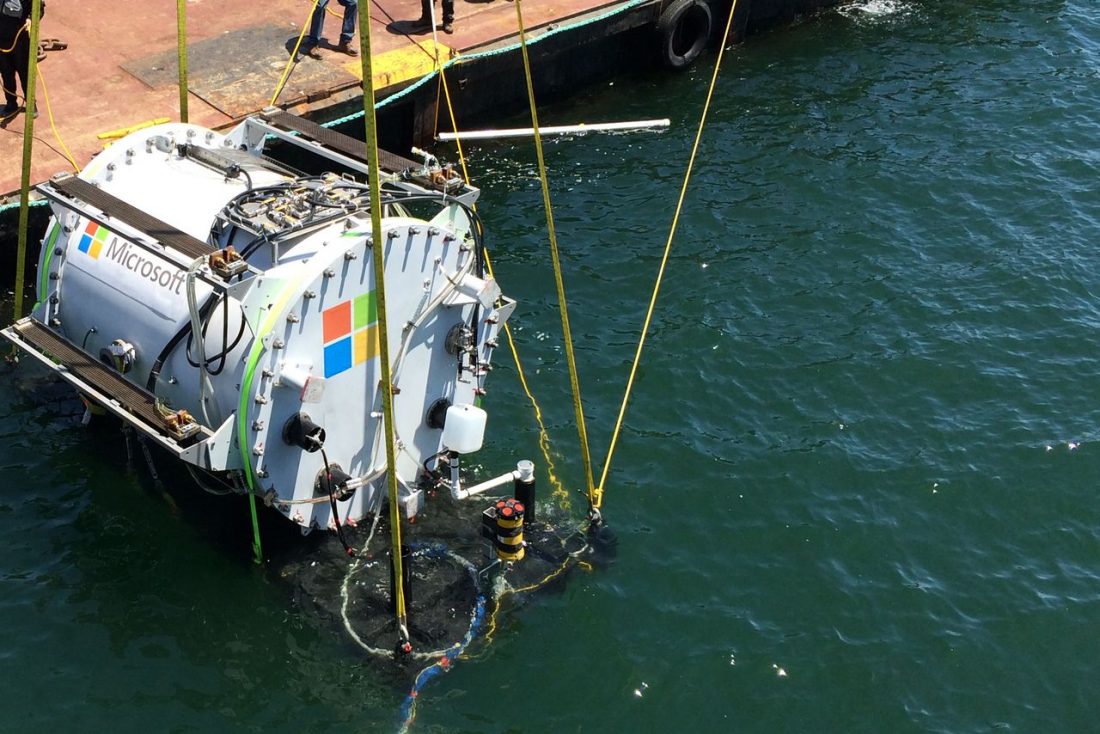Microsoft to Build Under Water Data Centers

Building data centers underwater might sound bizarre but in the age where cars are starting to drive themselves, and computers can read the user’s mind, is it really something to be shocked at? Microsoft certainly doesn’t think so.
The global tech giant is currently working on something that it calls “Project Natick”, and its website states its purpose: “to understand the benefits and difficulties in deploying subsea data centers worldwide.”

No joke, it’s really happening. Microsoft has researched and tried out underwater data centers. This project was first proposed in 2014, and now it has effectively tested an underwater data center as part of Project Natick.
Microsoft said of the project, “Project Natick is a Microsoft research project to manufacture and operate an underwater data center…Project Natick reflects Microsoft’s ongoing quest for cloud data center solutions that provide rapid provisioning, lower costs, high responsiveness, and are more environmentally sustainable.”
The trial project which gave satisfactory results included a steel capsule placed 30 feet under the water in the Pacific Ocean. The capsule was covered with a range of sensors to monitor the kind of environmental challenges the capsule faced. Microsoft has revealed the findings of this trial project have given them great encouragement, and Microsoft has stressed that this could be the future of data center installations.
Data centers, which power basically everything we do on a daily basis contain thousands of computer servers which generate enormous amounts of heat which when not controlled properly can lead to crashing of these servers. Microsoft engineers say putting the data centers under cold ocean water could fix the problem.
Microsoft has also revealed that this new radical solution may be easier to install than current solutions which takes up to 2 years. The new system would be up and running in not more than 90 days.























 ! For i
! For i